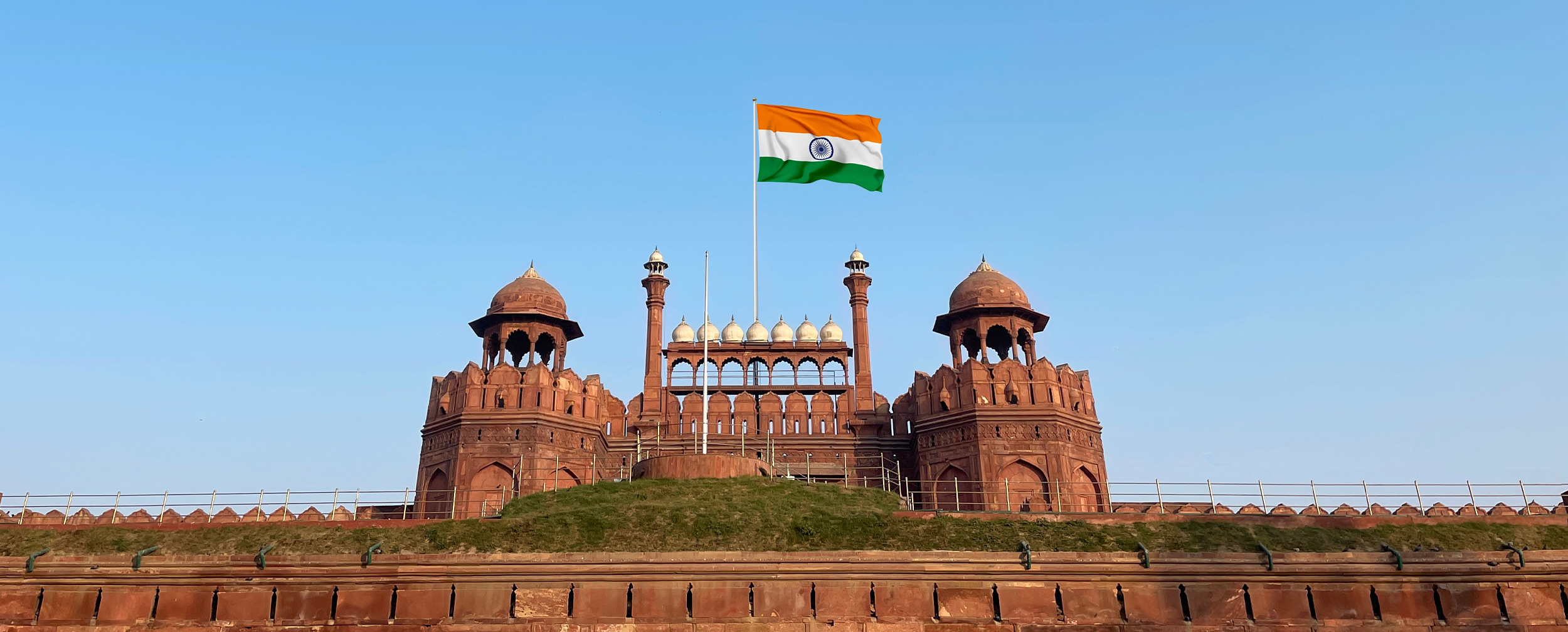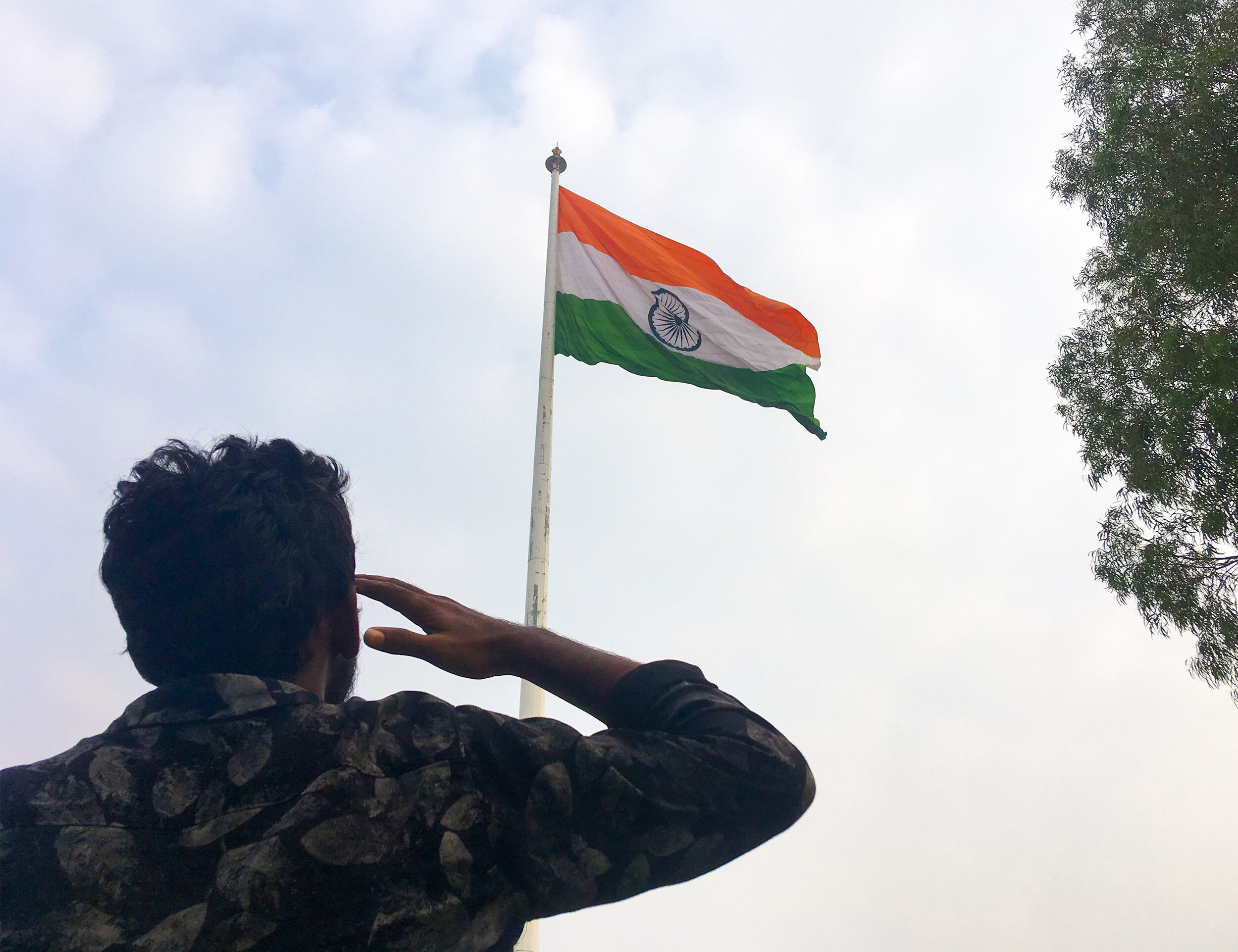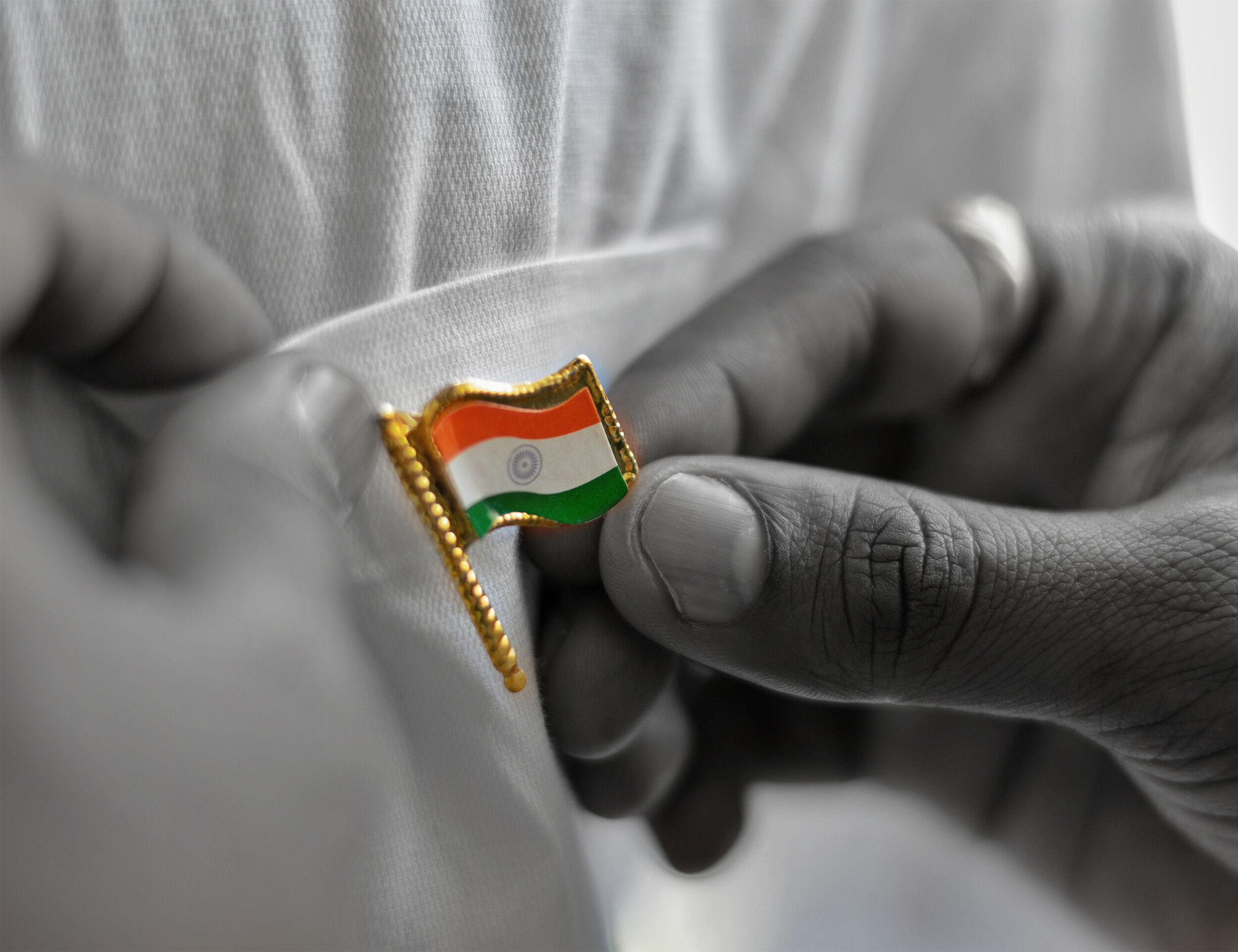STORIES BY DIWAS

Lifestyle
Republic Day vs. Independence Day: What Sets These Two National Holidays Apart
Date 23 January 2025 Reading time: 7-10 mins
Picture this: Tricolour flags fluttering from every rooftop, patriotic songs blaring from loudspeakers, and a festive fervour in the air. No, we're not talking about a Bollywood film set, but the joyous scenes that play out across India on our two major national holidays—Independence Day and Republic Day.
But hang on, aren't they the same thing? Not quite. While both Independence Day and Republic Day celebrate India's journey as a free, democratic nation, there are some fascinating historical and symbolic differences between the two. Curious to know more? Let's dive right in and uncover the unique stories and traditions behind these twin festivals of national pride.
Understanding Independence Day
History of Independence Day
August 15, 1947. It's a date etched in the hearts and history books of every Indian. This was the day when India awoke to "life and freedom," as Jawaharlal Nehru so eloquently put it in his iconic 'Tryst with Destiny' speech. After nearly 200 years under British rule, India finally broke free from the shackles of colonialism and embarked on its journey as a sovereign nation. The struggle for independence was long and hard-fought, with countless sacrifices by our brave freedom fighters. And so, every year on this date, we commemorate their valour and dedication in winning us our freedom.
Significance of Independence Day
Independence Day marks nothing short of the birth of our nation. It's a celebration of India's freedom from oppressive British rule and a tribute to the indomitable spirit of our people. This day reminds us of the power of unity, non-violence, and determination in the face of adversity. More than just a holiday, it's a symbol of hope, pride, and the promise of a brighter future for India.
How is Independence Day Celebrated?
Across the length and breadth of India, Independence Day is celebrated with great patriotic fervour. The day begins with the hoisting of the national flag and singing of the national anthem at schools, colleges, offices, and public places. The Prime Minister delivers a televised address to the nation from the ramparts of the historic Red Fort in Delhi, highlighting the country's achievements and challenges.
Cultural programmes, kite-flying competitions, and vibrant parades showcasing India's diversity are organised in various states. People dress up in hues of saffron, white, and green, and there's a palpable air of festivity and unity all around. It's a day for remembering our history, feeling proud of how far we've come, and rededicating ourselves to the service of the nation.
Understanding Republic Day
History of Republic Day
Fast forward to January 26, 1950. India had already won its independence, but this was the day it truly came into its own as a sovereign republic. After nearly three years of drafting and deliberation, the Constitution of India came into effect on this date, serving as the supreme law of the land.
Drafted by Dr. B.R. Ambedkar and his team, the Indian Constitution was a landmark document that laid down the framework for the governance of the country. It established India as a democratic republic with a parliamentary system of government and guaranteed fundamental rights to all its citizens, regardless of religion, caste, or gender. And so, Republic Day celebrates the birth of India, not just as a free nation, but as a modern, progressive, and egalitarian democracy.
Significance of Republic Day
While Independence Day commemorates freedom from British rule, Republic Day marks India's emergence as a self-governing nation with a Constitution of its own. It signifies the triumph of the values of justice, liberty, equality, and fraternity that form the bedrock of our republic.
The adoption of the Constitution was a watershed moment that transformed India from a dominion under the British Crown to a sovereign democratic republic.
How is Republic Day Celebrated?
Republic Day celebrations are nothing short of spectacular. The day starts with the unfurling of the national flag by the President of India, followed by a grand parade at Kartavya Path (erstwhile Rajpath) in the heart of New Delhi. The parade is a stunning display of India's military might, cultural diversity, and technological prowess.
Marching contingents, dance troupes, and beautifully decorated floats from various states showcase the rich history of India's heritage. The parade also includes daredevil motorcycle stunts, flypasts by the Indian Air Force, and a 21-gun salute. The Chief Guest at the parade is usually a head of state from a friendly foreign nation, symbolising India's growing stature on the world stage.
Across the country, flag-hoisting ceremonies, patriotic speeches, and cultural events mark the occasion. Schools and colleges organise quizzes, debates, and essay competitions on themes of national importance. It's a day to celebrate the spirit of unity in diversity that makes India so special.
Comparing Independence Day and Republic Day
Differences in Historical Context
While both Independence Day and Republic Day are linked to India's freedom struggle, they mark two distinct milestones in our nation's journey:
- Independence Day commemorates the end of British rule and the birth of free India. It's the anniversary of India's hard-won independence after centuries of colonial oppression.
- Republic Day, on the other hand, marks the adoption of the Constitution and the emergence of India as a sovereign republic. It celebrates the beginning of India's journey as a self-governing, democratic nation.
Differences in Celebration
Though both Independence Day and Republic Day are celebrated with great patriotic zeal, there are some key differences in the way they are observed:
- On Independence Day, the Prime Minister hoists the national flag and addresses the nation from the Red Fort. The celebrations are more decentralised, with flag-hoisting ceremonies and cultural events organised across the country.
- Republic Day, in contrast, has a more formal and centralised celebration, with the grand parade in New Delhi being the highlight. The President, who is the constitutional head of the country, unfurls the flag and takes the salute at the parade.
Independence Day vs. Republic Day becomes evident in the grandeur and structure of the Republic Day celebrations.
Differences in Significance
While both Independence Day and Republic Day are of immense national importance, they hold slightly different symbolic significance:
- Independence Day is a celebration of freedom and a tribute to the sacrifices of our freedom fighters. It's a reminder of the long and difficult journey we undertook to win our independence.
- Republic Day, meanwhile, is a celebration of India's democratic values and the power of the people. It marks the adoption of the Constitution, which is the supreme law of the land and the guarantor of our rights and liberties.
Comparing Independence Day vs. Republic Day highlights how the former emphasises liberation, while the latter focuses on democratic governance and constitutional values.
Celebrating National Holidays with Pride
In the end, whether it's the flag hoisting on August 15 or the grand parade on January 26, both Independence Day and Republic Day are occasions for every Indian to feel proud of our nation's journey.
So, this year, as you celebrate these national holidays with your loved ones, take a moment to reflect on the deeper meaning behind Independence Day and Republic Day.
And if you're looking for the perfect attire to mark the occasion, check out Diwas' Republic Day collection of kurtas for men. From simple kurtas to embellished options, there's something for everyone. Here's wishing you a Happy Independence Day and a Happy Republic Day!



